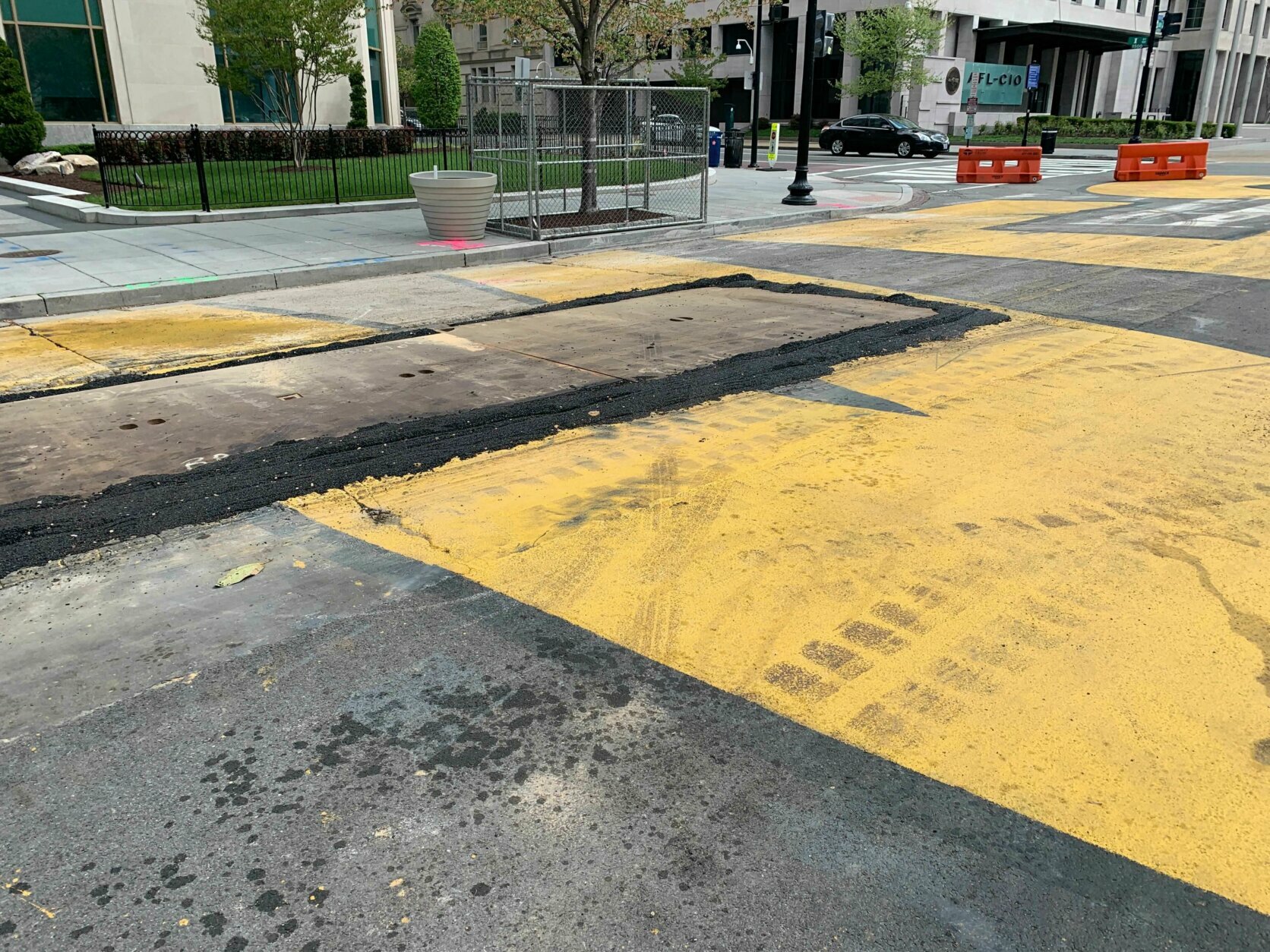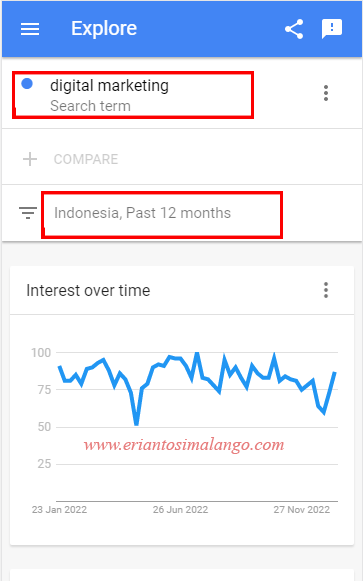Black Lives Matter Plaza: A Legacy Of Protest And Erasure

Table of Contents
The Genesis of Black Lives Matter Plaza: A Moment of Collective Action
The summer of 2020 witnessed an unprecedented wave of protests following the murder of George Floyd. Across the nation, and indeed globally, people took to the streets demanding justice and systemic change. In Washington D.C., this powerful wave of collective action manifested in a unique way: the renaming of a section of 16th Street NW to Black Lives Matter Plaza. This wasn't a top-down decision; it emerged from the groundswell of the BLM protest, a testament to the movement's organic energy.
- Spontaneous Art and Community Participation: The renaming was quickly followed by an outpouring of community involvement. Artists, activists, and ordinary citizens converged on the newly christened plaza, transforming it into a living, breathing testament to the movement. Mural art quickly became a central element, with many works created collaboratively.
- A Symbol of Solidarity and Resistance: Black Lives Matter Plaza became more than just a street name; it became a powerful symbol. It represented solidarity with the Black community, a defiant stand against systemic racism and police brutality, and a potent reminder of the ongoing struggle for racial justice. This symbolic space resonated far beyond Washington D.C., becoming a rallying point for activists across the country.
- Street Art and Murals as Powerful Messages: The murals weren't just aesthetically pleasing; they were powerful statements. They depicted images of Black resilience, the horrors of police brutality, and the call for fundamental change. These works of street art and protest art served as a visual chronicle of the movement’s demands and the collective grief and anger fueling the protests.
The Art and Activism of Black Lives Matter Plaza: Messages of Hope and Resilience
Black Lives Matter Plaza's visual landscape was a collaborative effort, showcasing a diverse range of artistic styles and perspectives. Many prominent Black artists contributed, turning the street into an open-air gallery expressing the multifaceted experience of Black life in America.
- Prominent Artists and Their Contributions: The artists involved brought unique styles and experiences to the project, reflecting the movement’s diverse voices. Their murals conveyed messages ranging from calls for justice to celebrating Black joy and resilience.
- Themes and Messages: The art didn't shy away from difficult topics. Murals depicted the systemic racism deeply embedded in American society, highlighting police brutality, mass incarceration, and the ongoing struggle for equality. Other works, however, focused on the celebration of Black culture and the hope for a better future.
- Public Space as a Canvas for Political Expression: The use of public space itself was a powerful statement. By transforming a prominent street into a canvas for protest art, activists demonstrated the power of reclaiming public spaces for political expression and amplifying marginalized voices. This act of artistic activism challenged traditional notions of what constitutes public art and its role in shaping public discourse.
The Erasure of Black Lives Matter Plaza: A Fight for Remembrance
The short-lived existence of Black Lives Matter Plaza ended in controversy. The murals were eventually removed or painted over, and the street was renamed, sparking outrage and highlighting the vulnerability of protest spaces to political pressures.
- Removal of Murals and Renaming: The decision to remove the murals was met with widespread condemnation from activists and artists who saw it as an attempt to erase the legacy of the protests. The motives behind the decision remain a subject of debate, but it certainly underscores the fragility of spaces created during moments of intense social and political mobilization.
- Political Motivations and Implications: The erasure of Black Lives Matter Plaza demonstrates the ongoing struggle to memorialize and honor the contributions of social movements, especially those centered around racial justice. The act serves as a warning about the potential for dominant narratives to suppress alternative histories.
- Community Response and Preservation Efforts: The community responded with immediate outrage and has since undertaken various efforts to preserve the memory of the plaza. Photographs, videos, and documentation of the murals have become crucial to preserving this important moment in history. This highlights the importance of community documentation in the face of official erasure.
- Broader Implications: The erasure of Black Lives Matter Plaza speaks to a larger pattern of historical erasure, specifically targeting the accomplishments and expressions of marginalized communities. The removal of these murals serves as a potent symbol of the ongoing struggle for representation and recognition.
The Ongoing Debate: Public Memory and the Power of Protest Art
The controversy surrounding Black Lives Matter Plaza underscores the larger debate about public memory and the role of protest art in shaping public discourse.
- Preserving History: The incident highlights the critical need to document and preserve the artifacts and stories of protest movements. This goes beyond simply preserving aesthetics; it is about safeguarding the collective memory of a struggle and ensuring its historical significance is not forgotten.
- Community Engagement and Public Art: The experience with Black Lives Matter Plaza underscores the importance of community engagement in shaping public spaces and public art projects. This emphasizes the need for meaningful dialogue and collaboration between artists, communities, and decision-makers.
- Protest Art and Dominant Narratives: The removal of the murals serves as a reminder of the power of protest art to challenge dominant narratives and expose injustices. This underscores the need to protect and preserve art that speaks truth to power.
- Long-Term Implications for Social Movements: The fate of Black Lives Matter Plaza leaves a lasting impact on the strategies employed by future social movements. It compels activists to consider not only the power of immediate mobilization but also the long-term preservation of their collective memory and the fight against erasure.
Conclusion
Black Lives Matter Plaza, though short-lived, stands as a potent reminder of the power of collective action, artistic expression, and the ongoing struggle for racial justice. Its creation and subsequent erasure highlight the fragility of protest spaces and the concerted efforts to silence marginalized voices. Understanding its history is crucial to comprehending the continuing fight against systemic racism and the ongoing efforts to preserve the legacies of social movements. Keep the memory of Black Lives Matter Plaza alive; continue the fight for social justice and remember the power of protest. Learn more about the Black Lives Matter movement and the importance of preserving the memory of places like Black Lives Matter Plaza through various archives and organizations dedicated to preserving the history of social movements. The fight for justice continues, and remembering these symbols is a crucial part of ensuring that the fight continues.

Featured Posts
-
 Berikut Adalah Beberapa Judul Seo Friendly
May 26, 2025
Berikut Adalah Beberapa Judul Seo Friendly
May 26, 2025 -
 Analisis Klasemen Moto Gp Dampak Kemenangan Sprint Race Marc Marquez Di Argentina 2025
May 26, 2025
Analisis Klasemen Moto Gp Dampak Kemenangan Sprint Race Marc Marquez Di Argentina 2025
May 26, 2025 -
 Rehoboth Beach The Ultimate Stress Relief Destination
May 26, 2025
Rehoboth Beach The Ultimate Stress Relief Destination
May 26, 2025 -
 Manuel Neuers Injury A Setback For Bayern Munichs Season
May 26, 2025
Manuel Neuers Injury A Setback For Bayern Munichs Season
May 26, 2025 -
 The Impact Of Wildfires Global Forest Loss Hits Record High
May 26, 2025
The Impact Of Wildfires Global Forest Loss Hits Record High
May 26, 2025
